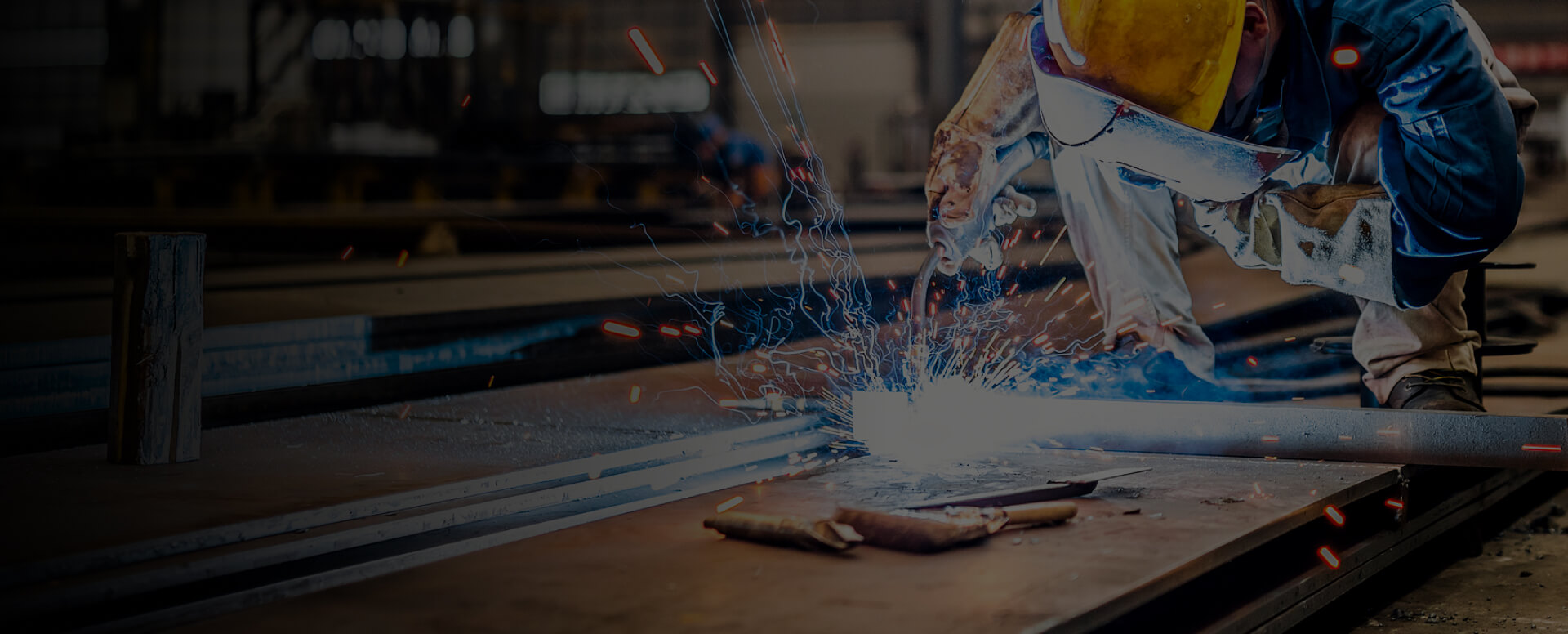
Yes, wearing proper respiratory protection is essential when operating a plasma cutter. A well-chosen mask protects operators from hazardous fumes, airborne particles, and indirect radiation exposure, making it a non-negotiable part of plasma cutting safety protocols.
Primary Hazards of Plasma Cutting
The process vaporizes metal, releasing harmful fumes containing metal oxides and gases. Inhalation risks include respiratory irritation, metal fume fever, and long-term lung damage. Particulate matter (PM2.5/PM10) can penetrate deep into lung tissue.
Intense ultraviolet (UV) and infrared (IR) radiation can cause: Eye damage (photokeratitis, cataracts) Skin burns (similar to sunburn) Increased skin cancer risk with long-term exposure
Flying sparks and molten metal droplets Potential for fires and burns Sharp metal slags and debris
Respiratory Protection: Mask Types and Selection
Basic protection against large particles only Ineffective against toxic fumes and fine particulates Suitable only for light sanding or cleanup work
Tight-fitting facepiece with cartridge filters NIOSH-rated P100 filters recommended for metal fumes Must be properly fit-tested for adequate protection
Complete facial protection, including eyes Integrated UV/IR protection in the visor Superior seal and comfort for extended use Combination respiratory and eye protection
Battery-powered systems providing positive pressure Highest level of protection and comfort Ideal for prolonged cutting sessions
Comprehensive Safety Equipment for Plasma Cutting
Respiratory Protection: As detailed above Eye/Face Protection: Auto-darkening helmet with side shields Hand Protection: Heat-resistant leather gloves Body Protection: Flame-retardant clothing (leather apron/jacket) Foot Protection: Steel-toed boots with metatarsal guards
Ventilation Systems: Local exhaust ventilation or fume extraction arms Fire Safety: Fire extinguishers and spark-resistant work areas Training: Proper equipment use and emergency procedures
Selecting the Right Respiratory Protection
Filtration Efficiency: Look for an NIOSH P100 rating for metal fumes Comfort and Fit: Essential for consistent wear throughout work shifts Compatibility: Must work effectively with other PPE (helmet, glasses) Maintenance Requirements: Consider filter replacement costs and ease of cleaning
NIOSH (National Institute for Occupational Safety and Health) ANSI/ISEA (American National Standards Institute) EU standards (EN 143/149 for respiratory protection)
Best Practices for Safe Plasma Cutting
Inspect all PPE for damage or wear Ensure adequate ventilation is operational Verify proper mask fit and filter condition Clear the work area of combustible materials
Maintain proper positioning to avoid fume inhalation Take regular breaks in fresh air when possible Monitor for any breathing difficulties or discomfort
Clean and store PPE properly Dispose of filters according to manufacturer recommendations Report any safety concerns or equipment issues
Related Articles

How Cost-effective Is The Hot Wire TIG System?
Tungsten Inert Gas (TIG) welding is celebrated for its ability to create exceptionally clean and high-integrity welds. A key factor limiting its wider application on thicker materials, however, is its relatively slow speed. Hot Wire TIG welding addresses this limitation head-on, representing an adva

What Are The Differences between Laser Cutting And Plasma Cutting?
Laser Cutting vs Plasma Cutting: Key Differences, Applications & Cost AnalysisLaser cutting and plasma cutting are two distinct industrial cutting processes that utilize different technologies. Laser cutting employs a focused light beam, while plasma cutting uses ionized gas to slice through materia

Metals Suitable for MIG Welding And Its Challenges
MIG welding, also known as Gas Metal Arc Welding (GMAW), is widely used across industrial and hobby applications due to its versatility and ability to join a variety of metals. However, some metals—including titanium alloys—pose challenges due to their reactive nature and other inherent properties.C

What Are The Key Challenges in Aluminum Alloy Welding?
Master the techniques to overcome difficulties in aluminum welding, including its refractory oxide film, hydrogen porosity, high thermal conductivity, and cracking tendencies, for achieving high-strength, quality welds.Introduction: Renowned for their exceptional strength-to-weight ratio and corrosi

Introduction To Plasma Cutting Torch
Components of a Plasma Cutter TorchA plasma cutting torch consists of several key parts, including the electrode, nozzle, swirl ring, shield, and electrical and gas supply components. Each plays a critical role in ensuring precise and efficient cutting.Core Components1. ElectrodeThe electrode serves

Can Plasma Cutting Be Done without Gas?
Plasma Cutting Gases: Types, Functions, and Cost AnalysisWhile plasma cutting can theoretically operate without gas, practical limitations, such as inefficiency and high initial costs, make gas-assisted systems the standard for industrial use. This guide examines the types of gases used in plasma cu

